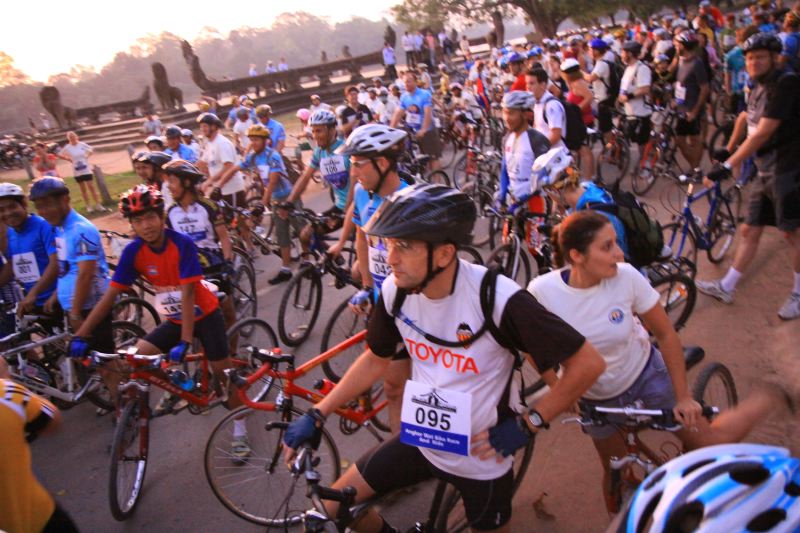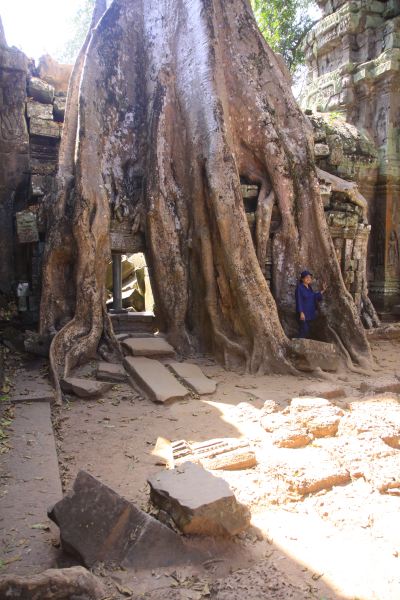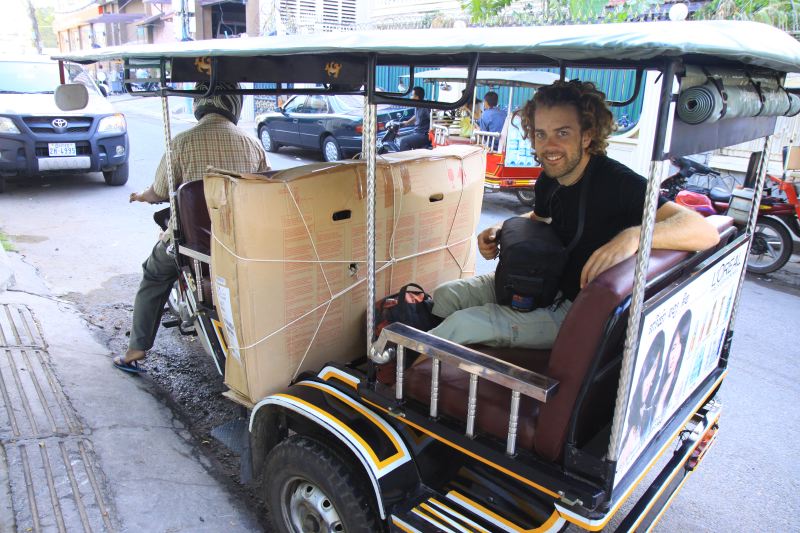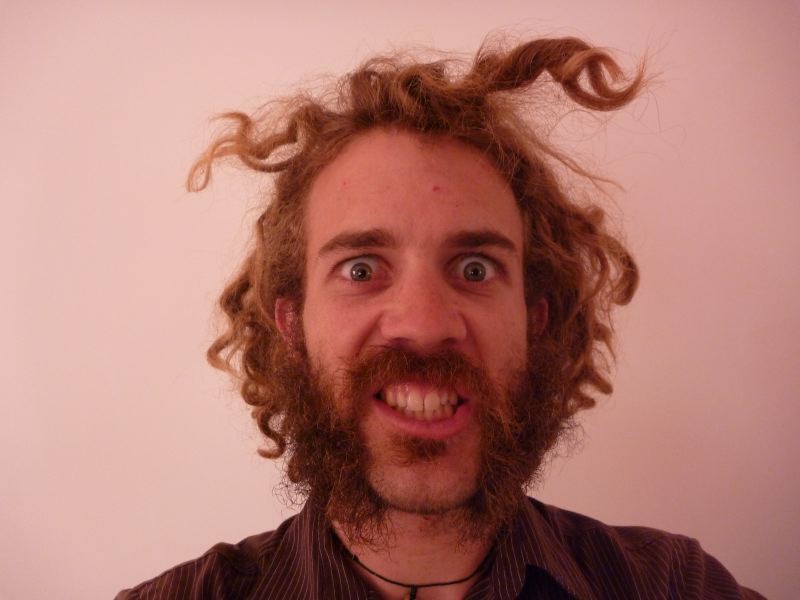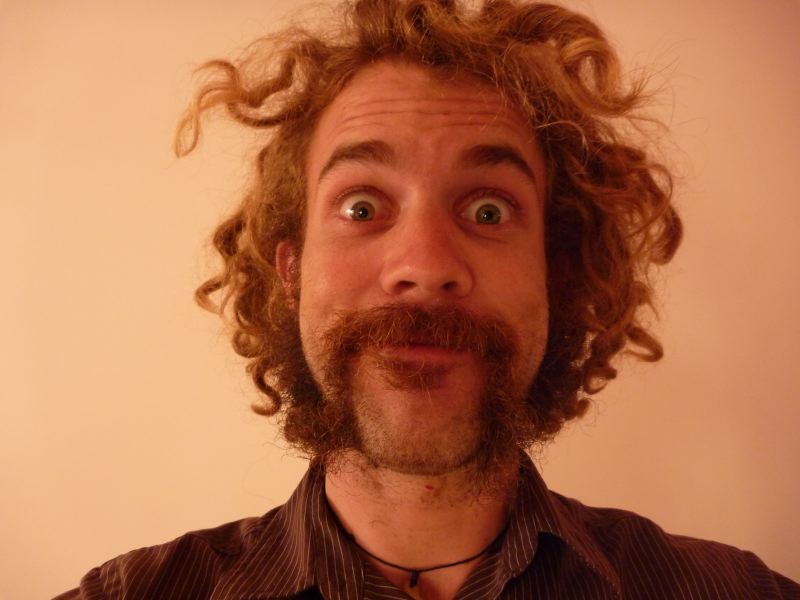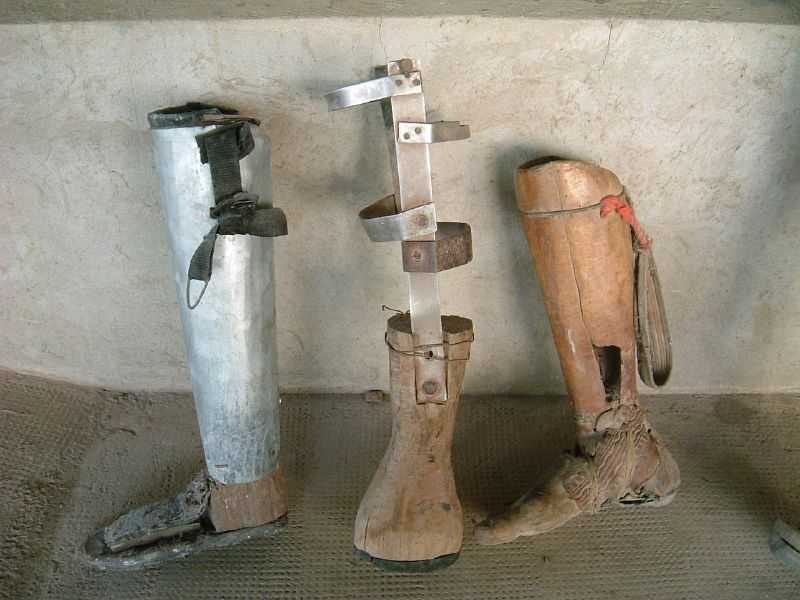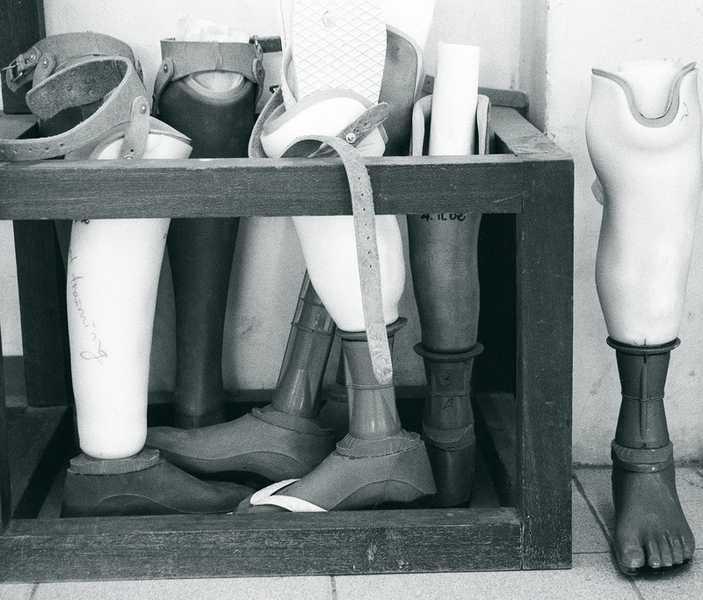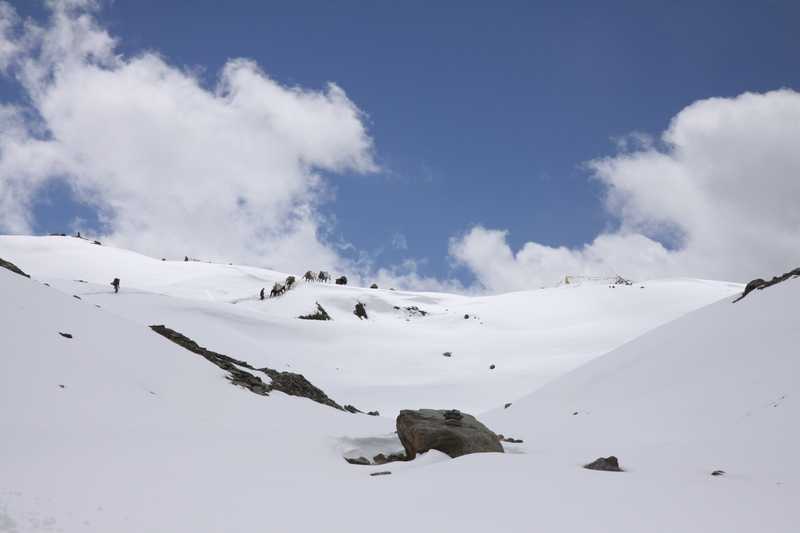At each step of the horse, I have to close my eyes as my bike passes millimeters from large rocks, after just 500 m of the 130 km we have to walk, it has already grated the rock twice. The only solution is to walk far enough ahead so as not to hear it. This is the only way to get back out of the beautiful Zanskar Valley without back-tracking. I must get my bike and gear up and over the road less (though construction is well under way) 5000 m Shingu La pass back to the Manali - Leh Highway.
As the risk of snow closing the passes increases everyday, we opt to bus the first 220 km to Kashmir where we start cycling down the Sulu Valley. At each village we are greeted by swarms of children from every direction screaming "Happy, one pen". Since we don't carry any pens (and if we did, we would need thousands), we can only say "Salaam" or "Hello" in reply and continue on our way. This does not satisfy them all and some choose to show it by throwing large rocks at us. For me this is a huge insult which leaves me feeling very sad and unsure of why I'm here. I travel to see new cultures and get new perspectives, and sheltering from pelting stones is not one that makes meany wiser. Instead it makes me realise how detrimental tourism can be in some situations, one tourist has given each child they have seen a pen once, not every child has gotten one which has made caused problems amongst themselves, they then assume that any westerner that passes has something for them, in Nepal it was pens, balloons and sweets, in Tibet it was money and so on. If we don't give them anything, they feel left out, some retaliating by throwing stones. It's makes me quite sad.
Rounding the corner, the religion changes, the greetings return to the Ladakhi "Julley" and the mobbing stops, one child in ten still asks for a pen or sweet but shows no aggression when we don't oblige. We are left free to enjoy the most spectacular hanging glaciers which reach down to the road. Open valleys and small ponds with snowy peaks beyond make splendid backdrops for wandering Sheppard's heading their sheep and small Tibetan villages with their extensive supplies of yak dung in piles on the roof in preparation for the brutally cold and isolated 5 months of winter. A monastery sights majestically atop a small hill in the middle of the breathtaking valley. We are kindly invited to food by a group of Swiss cyclists on an organised tour in the other direction, their guide provides every detail we require in order to follow through on our plans to walk the final section.
Feeling the time pressure and making incredibly slow progress because of the terrible road, we take a bus for the last 40 of 230 km to Padum to purchase supplies for our trek. With an extra 15 kg of food and fuel on the bike we ride the 25 km to the village to find horsemen. It's not long before we have paid far more than we should and are ready to leave at 8 am the following morning.
Ready in plenty of time, but no sign of the horseman or horses. We wait, "Indian time" I'm told by a local.
Finally he arrives with Ompo and Marpo (gray and brown in Ladakhi language). The bags are loaded and we're off cycling the last km's to the road end. The bikes are most awkwardly loaded and we continue on foot.
Our horseman invites us to his home in a distant village, accessible only by foot. His uncle (the only member of the family who speaks any English) tells me how each log for the house roofs is dragged for 3 days on the frozen river in winter, each step hoping that the ice won't break. It is harvesting time and every man, women and child is occupied in the fields bringing in barley, potatoes, peas and some vegetables for the long winter months during which the inter-village cricket takes places on a snow cleared area of land nearby. Dinner is cooked on the yak dung fired stove placed centrally in the low room, the dirt floor is sprinkled with water to keep the dust down. An unresponsive child stairs blankly at us, wrapped in a filthy duvet and hat. An old military Jerrycan lies on it's side in front of the fire, one side peeled back to catch those glowing embers as the paper thing metal door is opened to refuel the fire. A large kettle bubbles over an open hole in the top of the stove, its' bottom charred and blackened by years of flames licking over its' surface. Milk tea boils on a pressurised kerosene stove nearby, filling the room with the insidious smell of kerosene which is the trademark of India. Wisps of gray smoke escape from small openings in the stove top creating the an atmosphere somewhat like a 1930's smoking den, or at least as I would imagine it. Everyone coughing in unison. The roof is made of trunks, branches and twigs arranged in that order, each supporting the layer above. It is all singed black by years of rising smoke. Everything else is made of mud, small glass windows sit haphazardly placed in 2 rows on two walls. A little daylight glimmers through the layers of caked dirt, lighting up the room just enough to see to the other side.
Food is served in stages, first milk tea followed by yak yogurt with sugar and tsampa (roasted barley flower) as a warm up. Butter tea is then poured in bottomless cups after the soup-likebroth of tea, salt, yak butter, yak milk and water is churned in a special churn found in every home. After refusing the 5th cup, production of the momos begins. A type of dumpling made from wheat flour and filled with, in this case, potatoes, onions and tomato and steamed. Delicious.
Next door two small carpets are laid out for us to sleep on. The 1.2 m high door, dust and total darkness makes it feel like the huts we used to build from hay bails as children. A small transistor radio hangs from a nail above the window, a picture of a baby is also impaled on the same nail. Animal bones with wisps of dried flesh are resting on the top of the post which supports the ceiling, a small chimney sized hole opens to the air above, I notice in the daylight that it is covered by a thick layer of cut grass. On one wall two thick yak wool robes hang with matching scarves on nails banged into the mud wall. A wood saw hangs on another wall while several adzes for shaping wood balance precariously on the door frame.
Eyes fully open, I admire the total darkness. The door suddenly swings open and our horseman comes in, using his 3 words of English he says "horseman sleep here". He places the blankets from the horses saddle next to me and goes to sleep completely clothed. The wind makes a low noise from the missing window pane. Sleep comes easily.
I'm woken by the sound of a baby yak crying outside. Breakfast is chapatti with curd (yogurt), sugar and tsampa before we set off for the bottom of the pass in low cloud. The seemingly endless valley is crowed by a needle of rock reaching into the sky, a holy mountain under which we spend the night with several other groups of trekkers going both up and down the valley. There is some anticipation in the air as we must face the pass in the morning. We can see large amounts of snow but are told the way is clear because of the dozens of horsemen who pass daily.
I wake as the sun puts a golden icing on the peaks of the mountains, trying to keep warm is my top priority as I pack my things as load the horses. We move off across the valley where we quickly climb into the snow, switchbacks takeus higher and colder, past several small glaciers and on to the pass adorned as usual with hundreds of colourful prayer flags. The wind rips through every layer of clothing, we can only stay some minutes before descending into the valley past a partially frozen lake. It is the home stretch as we descend 1800 m back to the road below to continue by road to Manali to reaquant ourselves with the wonders of a shower and good food.
